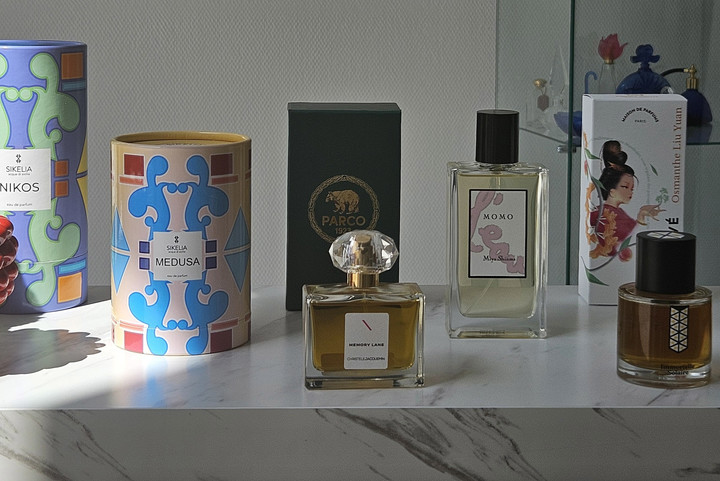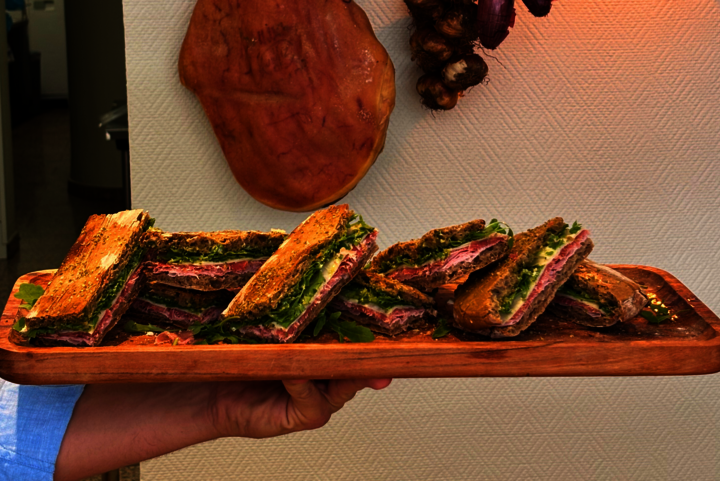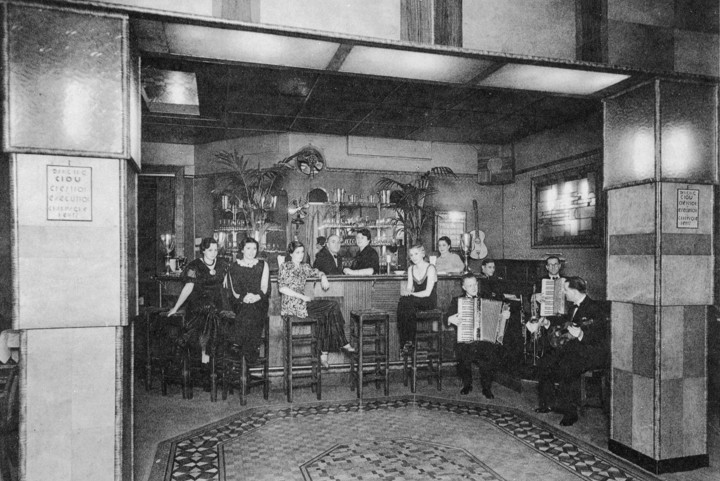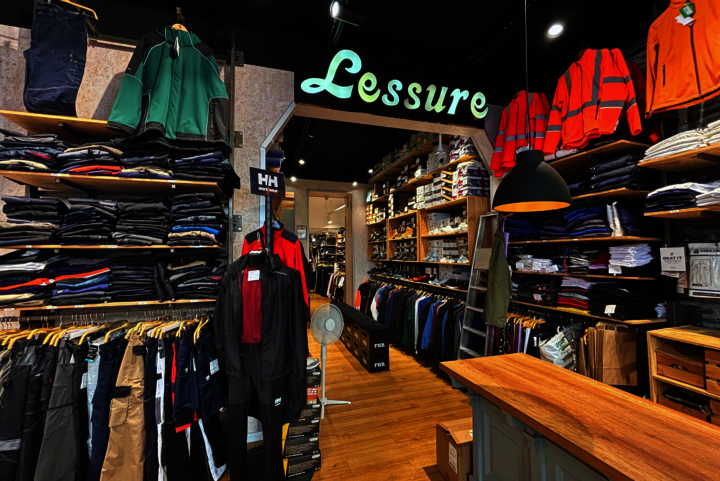(Re)discover our city - Gilly shoe shop

(Re)discover our city - Gilly shoe shop
Think you know our capital well? Well, let's see about that! Some of the buildings that you walk past on a regular basis have a special story behind them. Dr Robert L. Philippart is a true expert on the subject and will take you through the city to uncover these hidden stories, giving you a new way of looking at some of our symbolic buildings.
Gilly shoe shop at No. 7
On 1 July 2021, the Luxembourg Bureau of the European Parliament and the European Commission Representation in Luxembourg left their premises in the former Gilly building on Rue du Marché-aux-Herbes, where they had been since 2006. They relocated to the Konrad Adenauer building in Kirchberg. The Gilly logo remains above the entrance to the building at No. 7 Rue du Marché-aux-Herbes in homage to the shoe shop that was founded there in 1921. The building itself, however, goes back much further. At the start of the 17th century, the building boasted archways like those at the bottom of Rue de la Boucherie that have been updated. Then, in the early 19th century, the double-leaf door opening onto Rue de la Boucherie led to the city's ballroom, where theatre productions also took place. The building was later occupied by the butcher's shop Schir & Strockenhaus, and included a courtyard with an abattoir, before being taken over by butcher Jacques Bourg in 1866. In 1890, the building was renovated, with the addition of large bay windows, a balustrade terrace and a statue of the Virgin Mary holding Baby Jesus, which still remain now.
From 1921 to 2006, the family-run business Lieblich, which had named its Gilly brand after Guillaume, a member of the family, ran a shoe shop on the ground floor. Juda-Jules Lieblich was born in 1893 in Andrychrow, Poland, and was Jewish. He acquired Luxembourgish nationality in 1935 when the Nuremberg Race Laws were enacted in Germany. Juda-Jules married Albertine Hertz, originally from the commune of Diekirch in Luxembourg. When the Nazis invaded Luxembourg, the couple fled to Portugal with the help of diplomat Aristides de Sousa Mendes. Then, on 25 April 1941, they arrived in New York on board the SS Nyassa, which had set sail from Lisbon. They survived this period of persecution and managed to return to Luxembourg in 1946, just after the victory over the Nazi regime. The decision to keep the Gilly name on the building's façade is testament to the popularity of the Lieblich family. In the 1930s, modern men sported shoes by Eperon d'Or, while in the post-war period women were drawn to Morega, Junon and Herrys. In 1949, the shop, which had a team of 46 people, took part in the Fakelzuch torchlight procession with a float, and in 1961 Lieblich provided the shoes for Miss Luxembourg's catwalk shows and gave a trophy to those who conquered popular treks. The brand took part in the Stroossemaart market and during the 1980s it actively supported the "Luxembourg Centre-Luxembourg Ville Ouverte" protests. When it comes to social issues, the Lieblichs acted and donated in support of initiatives to erect a monument in Wiltz in commemoration of the general strike that took place in 1942, as well as one honouring national solidarity in Luxembourg. The family was committed to helping those in need as well, from victims of floods in northern Italy to those who had been affected by earthquakes in Turkey. Support was also given to immigrant families and charities for the relatives of children with learning difficulties. This commitment to the city and society as a whole helps to explain why, 16 years after the shop closed, Gilly remains firmly in the memories of those who live there.
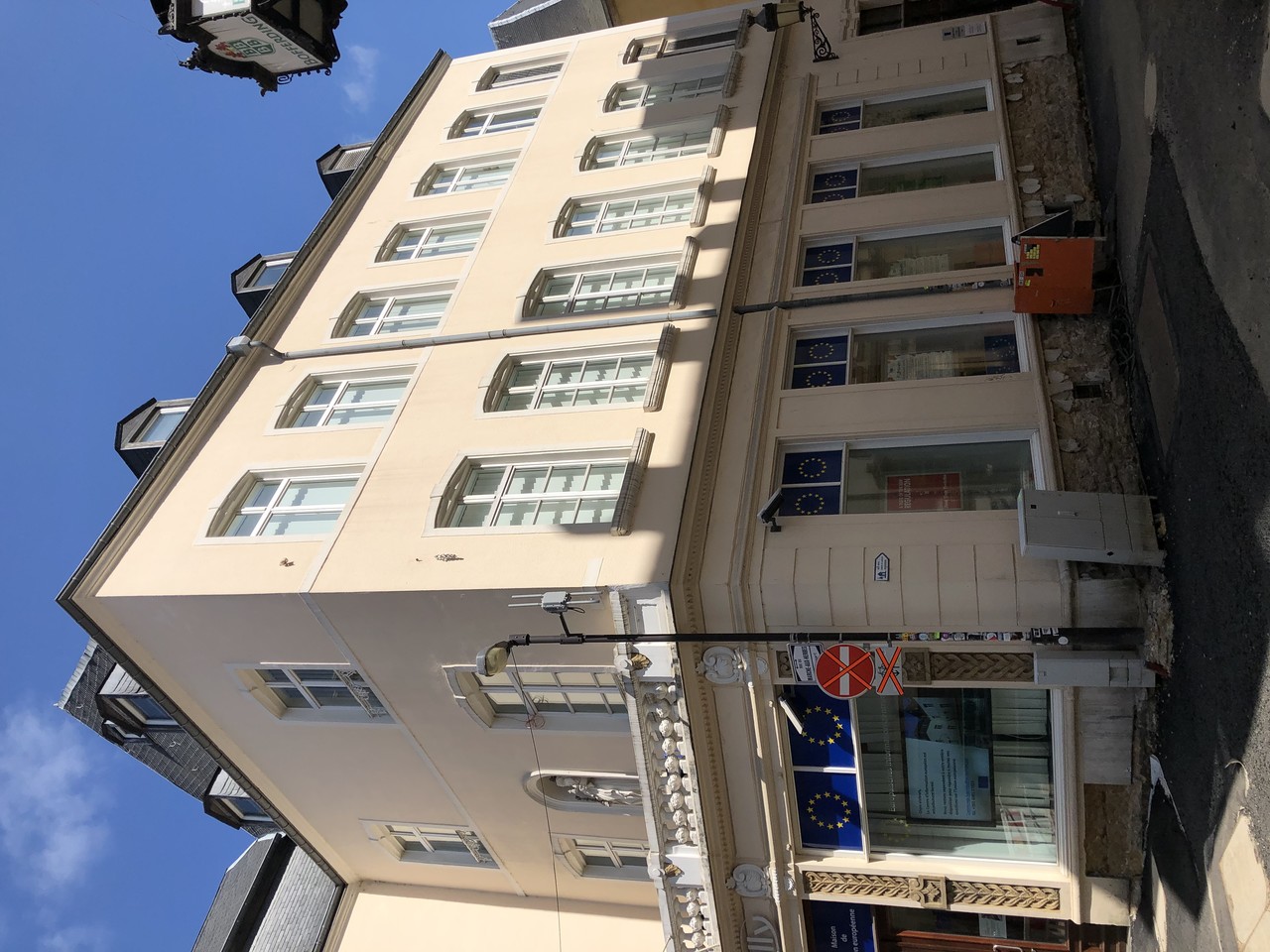
Inscrivez-vous
à la newsletter.
Inscrivez-vous et recevez tous les mois l’actualité shopping de la ville directement par email ! Bon plans, événements phares, nouveaux commerces, ne manquez rien de l’actualité commerçante.
Cityshopping news

